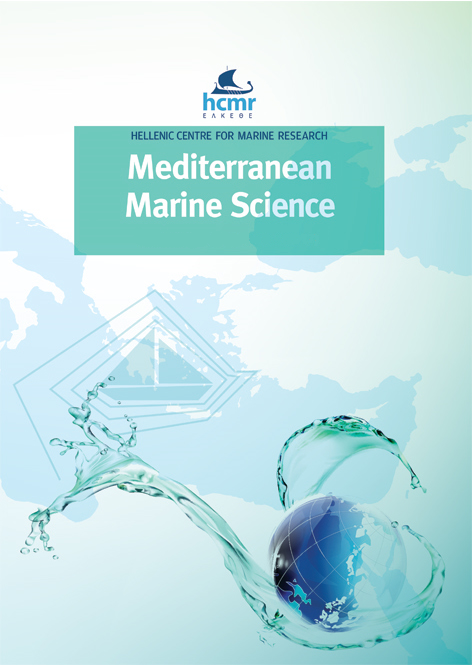Assessment of microplastics distribution and stratification in the shallow marine sediments of Samos island, Eastern Mediterranean sea, Greece
Résumé
Microplastics (MPs) are becoming ubiquitous in the marine environment and shallow marine sediments are one of the major sinks for MPs. In order to improve the knowledge about the environmental fate of MPs in the Aegean Sea shallow sediments, the occurrence and spatial distribution of MPs in Samos Island (Greece) was investigated for the first time, along a land-sea transect. The highest concentration of MPs was recorded at the Beach (37.2 ± 6.9 MPs/Kg DW), while the lowest concentration was recorded in the Intertidal zone (1.1 ± 0.9 MPs/Kg DW). In relation to the different shapes, Fragments and Pellets were more abundant on the Beach, while Fibers were more abundant in the Intertidal zone and barely any Sheets were found along the transect, suggesting a distribution probably governed not only by size but also morphology and perhaps chemical composition. A higher accumulation of particles was recorded in the first 10 cm of sediments, in comparison to the deepest 5 cm, indicating an increase of microplastics in the shallow marine sediments.
Article Details
- Comment citer
-
DE RUIJTER, V. N., MILOU, A., & COSTA, V. (2019). Assessment of microplastics distribution and stratification in the shallow marine sediments of Samos island, Eastern Mediterranean sea, Greece. Mediterranean Marine Science, 20(4), 736–744. https://doi.org/10.12681/mms.19131
- Rubrique
- Special Issue MEDIAS
Authors who publish with this journal agree to the following terms:
- Authors retain copyright and grant the journal right of first publication with the work simultaneously licensed under a Creative Commons Attribution Non-Commercial License that allows others to share the work with an acknowledgement of the work's authorship and initial publication in this journal.
- Authors are able to enter into separate, additional contractual arrangements for the non-exclusive distribution of the journal's published version of the work (e.g. post it to an institutional repository or publish it in a book), with an acknowledgement of its initial publication in this journal.
- Authors are permitted and encouraged to post their work online (preferably in institutional repositories or on their website) prior to and during the submission process, as it can lead to productive exchanges, as well as earlier and greater citation of published work (See The Effect of Open Access).





